The purpose of this article is to provide readers with effective steps and methods on how to get rid of smell from sewage ejector pump, ensuring a clean and odor-free environment in their homes. Unpleasant odors emanating from sewage ejector pumps can stem from various issues, including trapped gases, clogs in the system, or leaks in the pipes or seals.
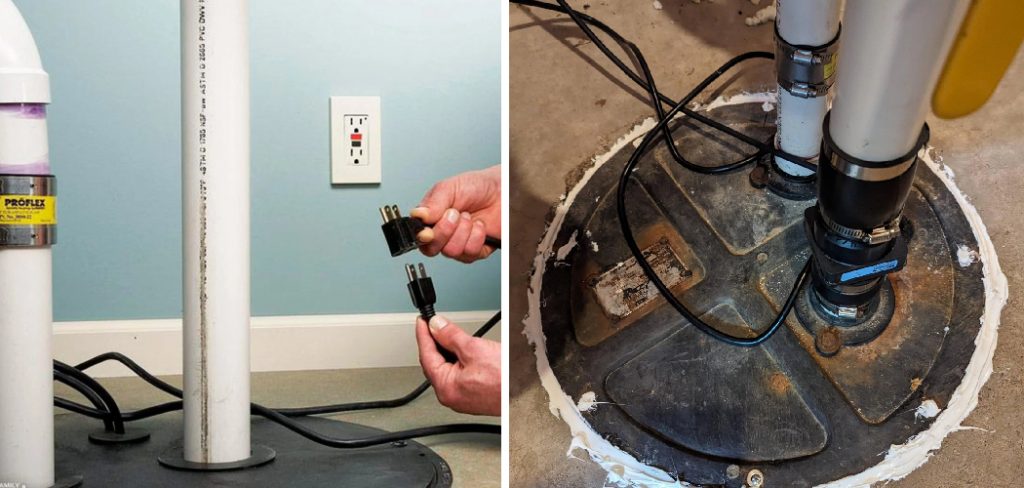
These odors disrupt the comfort of living spaces and may indicate underlying problems that require attention. In this article, we will explore a range of solutions to tackle these smell issues, covering essential cleaning techniques, routine maintenance tips, and preventive measures that can significantly reduce the occurrence of odors.
Following the guidance provided, homeowners can maintain an efficient sewage ejector pump system while keeping their living areas fresh and inviting.
Understanding the Cause of the Odor
How Sewage Ejector Pumps Work
Sewage ejector pumps are essential for removing wastewater from lower levels of a property, such as basements, where gravity cannot facilitate drainage. These pumps work by collecting wastewater in a basin and then using a powerful motor to pump it up and into the main sewer line. This process prevents backups and overflows, ensuring a sanitary living environment.
Common Sources of Odors
Odors from sewage ejector pumps often arise from waste buildup, which can create gases within the system. Additionally, venting issues—such as blocked or improperly functioning vent pipes—can trap these odors, while malfunctioning seals around the pump might allow unpleasant smells to escape into the living area. Recognizing these sources is vital for effective odor management.
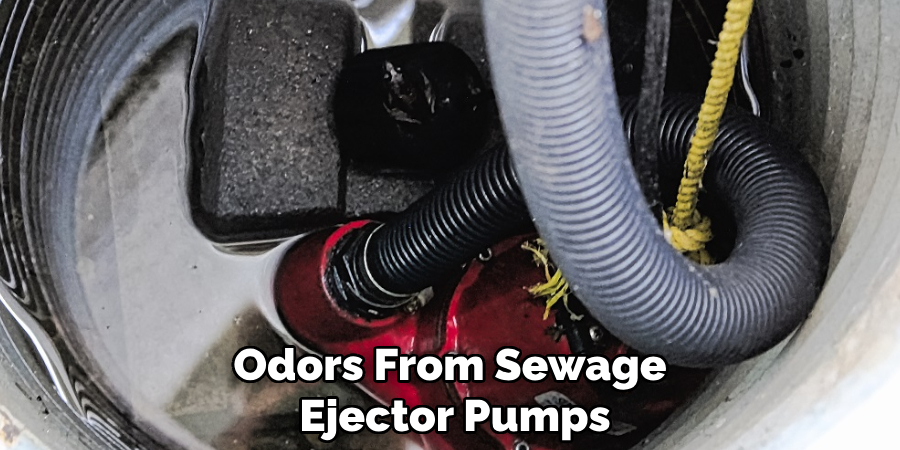
Signs of a Problem
Homeowners should be vigilant for indicators suggesting a malfunctioning sewage ejector pump. Frequent unpleasant odors, slow drainage from fixtures, or visible leaks around the pump are all critical signs that something may be wrong. Addressing these symptoms promptly can prevent more significant issues and ensure the system operates smoothly and effectively.
How to Get Rid of Smell from Sewage Ejector Pump: Clean the Sewage Ejector Pump Basin
Step 1: Safety Precautions
Before commencing any cleaning procedures, it’s essential to prioritize safety. Turn Off Power: Ensure the power to the sewage ejector pump is turned off at the circuit breaker. This step is crucial to prevent accidental operation during cleaning.
Wear Protective Gear: Equip yourself with gloves, a mask, and protective clothing to safeguard against potential exposure to harmful bacteria and pathogens found in wastewater. Proper protective gear is vital for minimizing health risks.

Step 2: Remove Waste Buildup
Now that safety measures are in place, you can begin cleaning. Clean the Basin: Start by manually removing any waste buildup or debris that may have accumulated in the sewage ejector pump basin. For this task, a bucket or a vacuum specifically designed for wet waste is ideal, allowing for effective solids removal. Scrub the Basin: Once the debris is cleared, scrub the basin’s walls with a long-handled brush using a mixture of warm water and bleach or an appropriate cleaning agent. This step helps eliminate grease, grime, and odor-causing bacteria, ensuring a clean environment for the pump to operate efficiently.
Step 3: Flush the System
After thoroughly cleaning the basin, flushing the system is essential to ensure everything is functioning correctly. Run Water: Begin flushing the system by running clean water through it to wash away any leftover waste and cleaning solution. Ensure Proper Flow: As you do this, closely monitor the flow of water to confirm it moves smoothly without obstruction. Identifying and addressing any blockages during this step is crucial, as it helps reduce the likelihood of future odors emerging from the sewage ejector pump.
Check and Clean the Vent Pipe
Step 1: Inspect the Vent Pipe
To effectively manage odors from your sewage ejector pump, it’s crucial to inspect the vent pipe, which facilitates the escape of gases from the system. Start by locating the vent pipe, typically situated on the roof or an exterior wall. This vertical pipe is designed to release gases safely outside your home.
Once located, closely examine the vent for any visible blockages, such as leaves, debris, or nests formed by animals. A clogged vent pipe can trap unpleasant odors within your living space, exacerbating the issue.
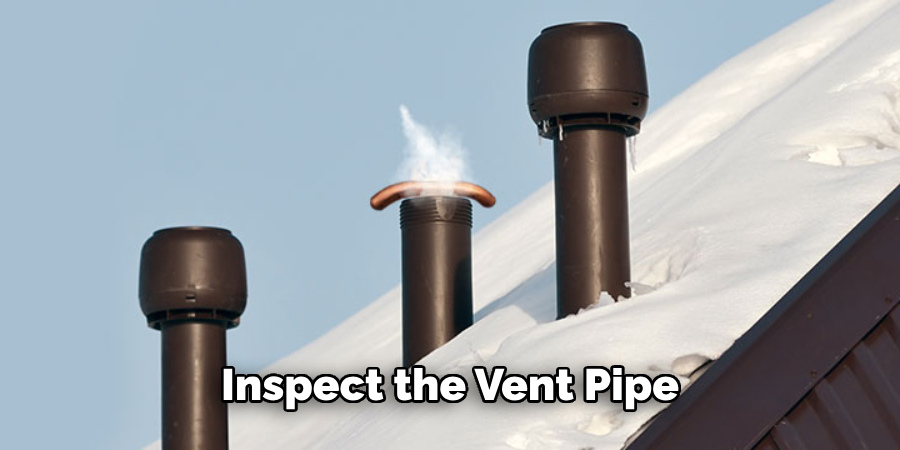
Step 2: Clear the Vent Pipe
If you discover any obstructions within the vent pipe, it’s important to act quickly to restore proper airflow. Use a plumber’s snake or a long piece of wire to carefully remove any blockage. This action can displace accumulated debris and facilitate better air movement. Additionally, to ensure that air is flowing freely, listen for sounds of airflow coming from the pipe or check for suction at the vent’s opening. A clear vent pipe is essential for preventing odors from being trapped and escaping into your home.
Step 3: Clean the Pipe
After clearing the vent pipe, performing a thorough cleaning is wise to eliminate any residual debris. Start by running water through the vent pipe, which can help wash away any remaining particles and ensure that the pipe is fully open. Pay careful attention to the flow of water; it should move freely without obstruction. As you inspect the pipe, look for any cracks or leaks that may be present. Such defects can allow unpleasant odors to seep back into your living area, thus requiring prompt repairs to maintain an odor-free environment.
Replace the Check Valve and Seals
Step 1: Inspect the Check Valve
The check valve is a critical component that prevents sewage from flowing back into the basin, which could lead to unpleasant odors and potential overflow. To locate the check valve, follow the discharge pipe from the pump until you find the valve, typically situated along the piping system.
Inspect the valve for any signs of wear, such as brittleness, cracking, or corrosion. One common sign of a malfunctioning check valve is water flowing back into the basin shortly after the pump turns off, indicating that the valve is not sealing properly.
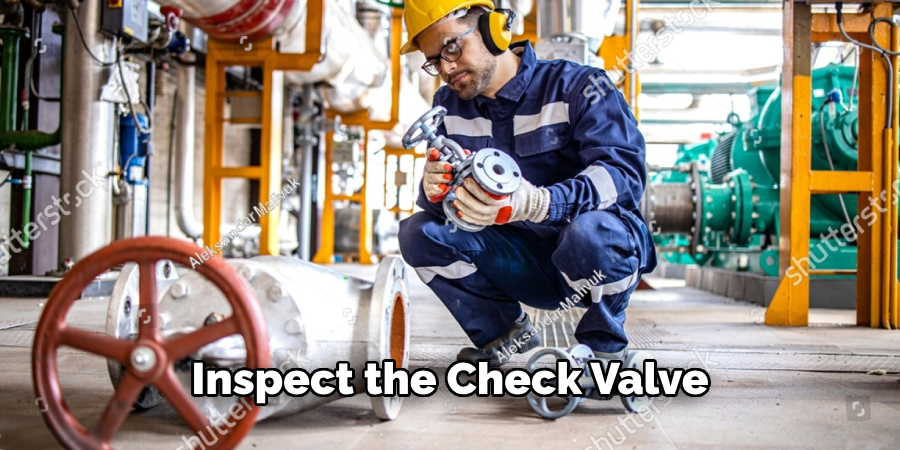
Step 2: Replace the Check Valve
If you determine that the check valve is faulty, it will need to be replaced. Begin by turning off the power supply to the sewage ejector pump and draining the basin. Use appropriate wrenches to detach the old check valve from the discharge pipe, ensuring you follow the manufacturer’s instructions for orientation. Once removed, install the new check valve in the correct position, making sure the arrow on the valve points toward the discharge line to indicate the flow direction. Apply pipe sealant to the threaded connections to ensure a tight fit and prevent future leaks, and then securely fasten the valve with wrenches.
Step 3: Check and Replace Seals
Next, inspect the rubber seals surrounding the pump and the basin lid. These seals are vital for maintaining an odor-free environment. Look for any signs of wear, such as cracks, tears, or hardened areas, which can allow odors to escape.
If any seals are found to be damaged, carefully remove them and replace them with new ones. When replacing seals, ensure that they sit evenly in their grooves and maintain a proper seal to prevent leaks. Keeping the seals in good condition is essential for efficiently operating your sewage ejector pump system.
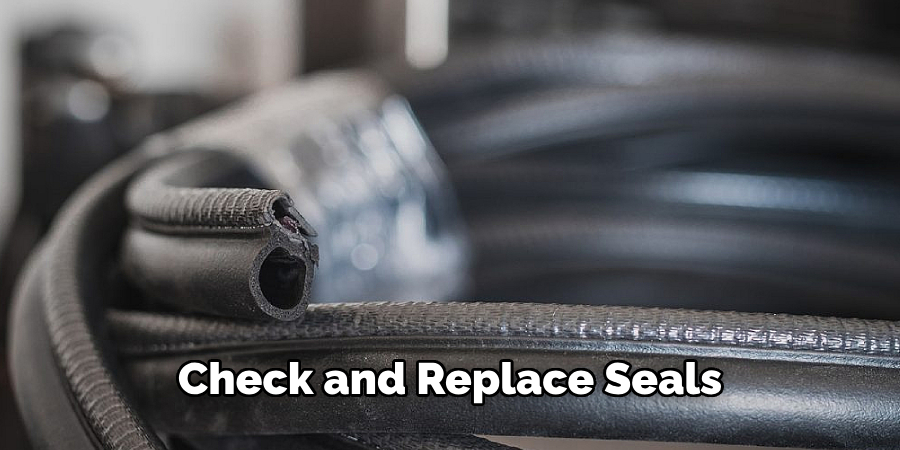
Use Enzyme-Based Cleaners
Choose the Right Cleaner
When selecting a cleaner, opt for an enzyme-based product specifically formulated to break down organic waste and eliminate unpleasant odors within sewage systems. These cleaners harness the power of natural enzymes to effectively target and digest waste materials, providing a deep clean. Additionally, it’s essential to choose an enzyme cleaner that is safe for use in sewage ejector pumps, ensuring it will not damage pipes or other system components while promoting a healthier environment.
Apply the Cleaner
To apply the enzyme cleaner, follow the manufacturer’s instructions, which typically involve pouring the designated amount into the basin of the sewage ejector pump. Allow the product to work overtime; enzymes require sufficient time to break down waste effectively. For optimal results, use the enzyme cleaner regularly—monthly applications can help maintain a fresh and clean system, significantly reducing the likelihood of odors returning and keeping your sewage ejector pump functioning efficiently.
Preventive Maintenance Tips
Regular Cleaning
Regular cleaning of the basin is essential to ensure the long-term efficiency of your sewage ejector pump system. It’s advisable to clean the basin every few months, especially if the pump experiences heavy usage. Flushing the system with clean water periodically helps eliminate waste buildup and promotes smooth operation. This proactive approach reduces the likelihood of odors and maintains a healthier system.
Check for Leaks and Seals
Regular inspections of the system’s seals, pipes, and valves are crucial in preventing future issues. Encouraging routine checks allows you to identify any leaks or signs of wear before they escalate, ensuring optimal performance. Additionally, consider placing odor absorbers or deodorizers near the pump; these can help mitigate any smells that may arise, contributing to a fresher home environment.
When to Call a Professional
Persistent Odors
If persistent odors continue to emerge despite your regular cleaning and maintenance efforts, this may signal a more serious underlying issue, such as a damaged pump or a significant plumbing problem that cannot be resolved with DIY methods. Consulting a professional plumber is highly recommended in these cases, especially if you’re unsure about any aspect of your sewage ejector pump system. Attempting to fix complex problems without expertise can lead to further complications.
Professional Maintenance
To ensure the efficiency of your sewage ejector pump and maintain an odor-free environment, it is advisable to schedule professional maintenance or inspections annually. These checkups are integral for identifying potential issues early and ensuring the system operates optimally. Additionally, professionals can provide advanced solutions, including replacing the entire pump if it’s found to be beyond repair, offering peace of mind and assurance of a reliable sewage system in your home.
Conclusion
In summary, effectively managing odors from your sewage ejector pump involves a combination of methods, including regularly cleaning the basin, checking the vent pipe for clogs, replacing the check valve as needed, and using enzyme-based cleaners to break down organic waste. These practices are essential for immediate odor elimination and maintaining the entire system’s functionality.
Regular maintenance prevents unpleasant smells from returning, ensuring a healthy and efficient sewage ejector pump operation. By taking action early when odors emerge, you can address minor issues before they escalate into significant problems. Remember, understanding how to get rid of smell from sewage ejector pump is vital for the long-term success of your home’s plumbing system. Prioritize these maintenance tips to enjoy a fresh and odor-free environment.
